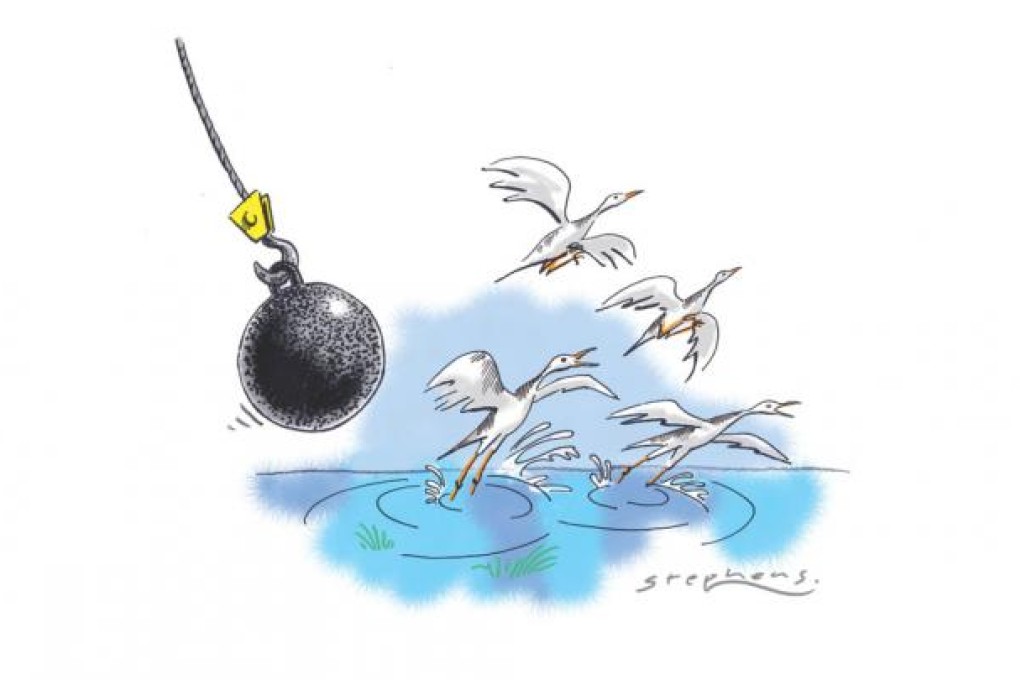Development pressure on Mai Po reserve shows need for action
Martin Murphy warns that even the protected Mai Po wetlands could be threatened if development in the area or just outside it is allowed to proceed in a piecemeal fashion

One of the most spectacular migrations on the planet is now under way, and Hong Kong, as it has been for centuries, is at its heart. While not as breathtaking as the running of the great wildebeests on the Serengeti, the mass movement of Asia's migratory waterbirds is nonetheless astonishing in scale and rich in biological significance. The birds travel on what is called the "East Asian-Australasian Flyway", one of the world's most important waterbird routes. It spans 13,000 kilometres and involves over 50 million birds.
Here in our backyard, the areas of Mai Po and Inner Deep Bay, a tiny nature reserve squeezed between two of Asia's most densely populated cities, forms a critical link in this winged migration, a biological process that repeats itself every year.
Conservative estimates have around 120,000 migratory waterbirds passing through Mai Po each year, according to WWF-Hong Kong, which has a contract to manage the site that has been designated for international protection under the Ramsar wetland convention since 1995. Roughly 90,000 of these birds winter here, with over 30 species classified as being of global conservation concern.
The birds are drawn to the area by its lush marshes, intertidal mudflats and fish ponds, which form a winter oasis for rest and rejuvenation before they head north to their breeding grounds in China, Mongolia and Siberia. Thousands of ducks, gulls and the famous black-faced spoonbill typically arrive at Mai Po between late October and December and remain until March or April.
But the future of these precious wetlands is in doubt, as threats of habitat loss, degradation and fragmentation grow. The culprits are development and land management practices that are destroying the wetlands' traditional fish ponds.
Of the 2,000-hectare wetland area, the Ramsar treaty protects only about 75 per cent. The ecological value of the other 25 per cent, set up as buffer zones to protect the designated site, is now slowly deteriorating due to ineffective land-use policies. Clearly, much more should be done to preserve this Hong Kong treasure.
Currently, a hodgepodge of international treaty protection, local environmental ordinances and town planning guidelines substitutes for the government's lack of a comprehensive conservation policy. Such a policy would take account of the cumulative effects of habitat loss in Hong Kong, rather than the current piecemeal approach, which has been likened to a death by a thousand cuts. And more cuts may be on the way.